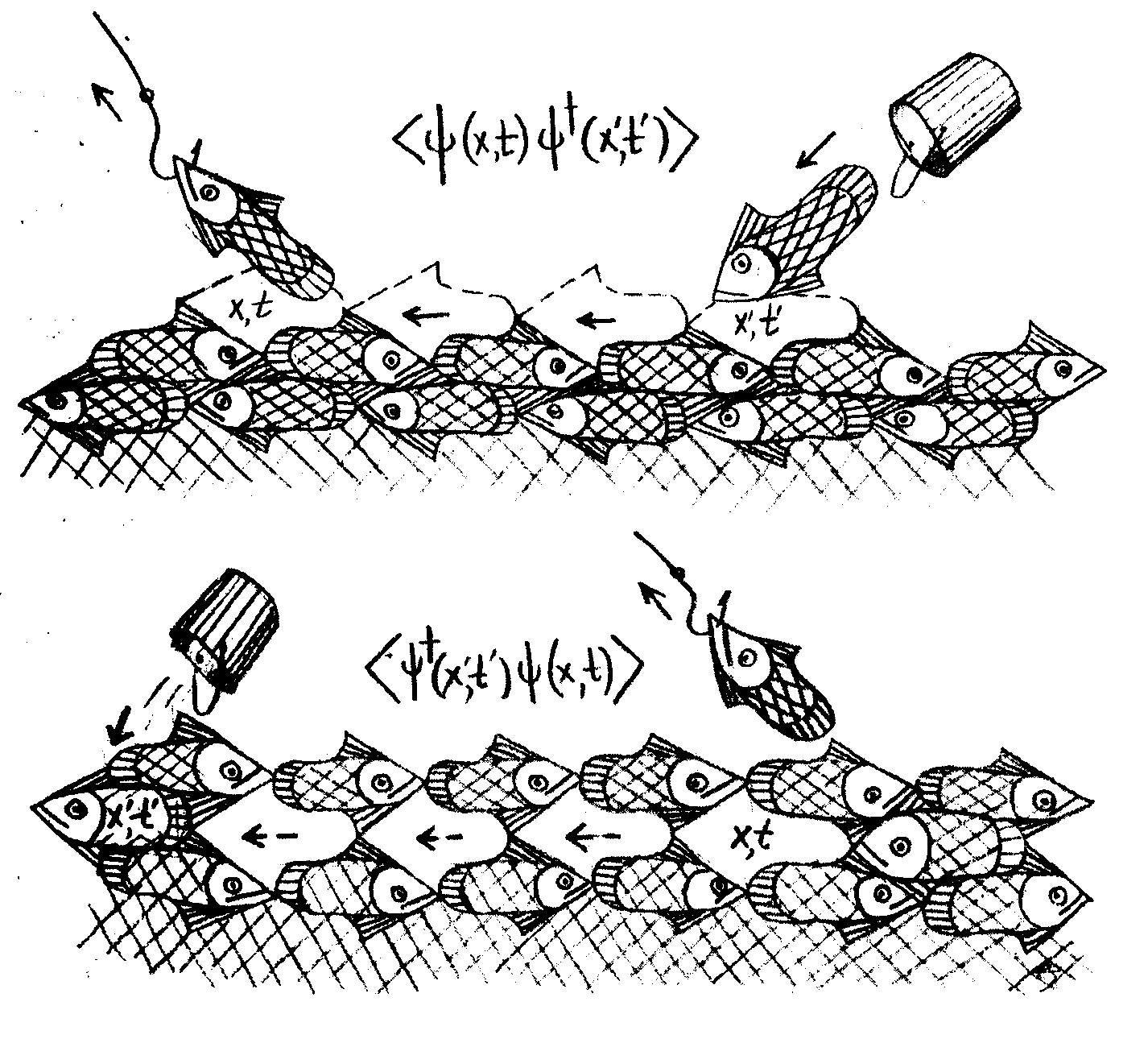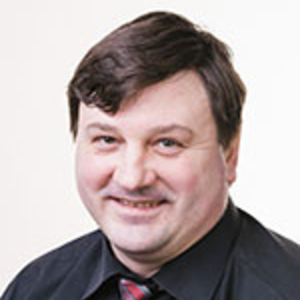Study

The course presents the modern methods of many-body theory and it applications to describe the structure, dynamic properties and processes in many-particle systems like atoms, molecules, atomic clusters, nanostructures, condensed matter.
The course starts with the consideration of the systems of independent particles – bosons and fermions, their statistic and the difficulties of application of the traditional perturbation theory to take into account the interaction between particles. Then the single-particle approaches like the Thomas-Fermi method, the Local Density Approximation (LDA), the Hartree-Fock approximation, are discussed. The essential attention is paid to the Density Functional Theory, in particular to the LDA, which is widely used in calculations of many-electron systems. The next part of the course considers the field theory methods in many-body theory in details: second quantization, interaction representation, field operators, Greene functions, and diagram technique. The part of course is devoted to the application of the Feynman and Goldstone diagram technique to the calculations of structure and processes of interaction of many-body systems with electromagnetic field and incident particles.
Final grade is based solely on the final exam. Solution of the homework problems is strongly recommended to be able to solve the problems at the exam.

